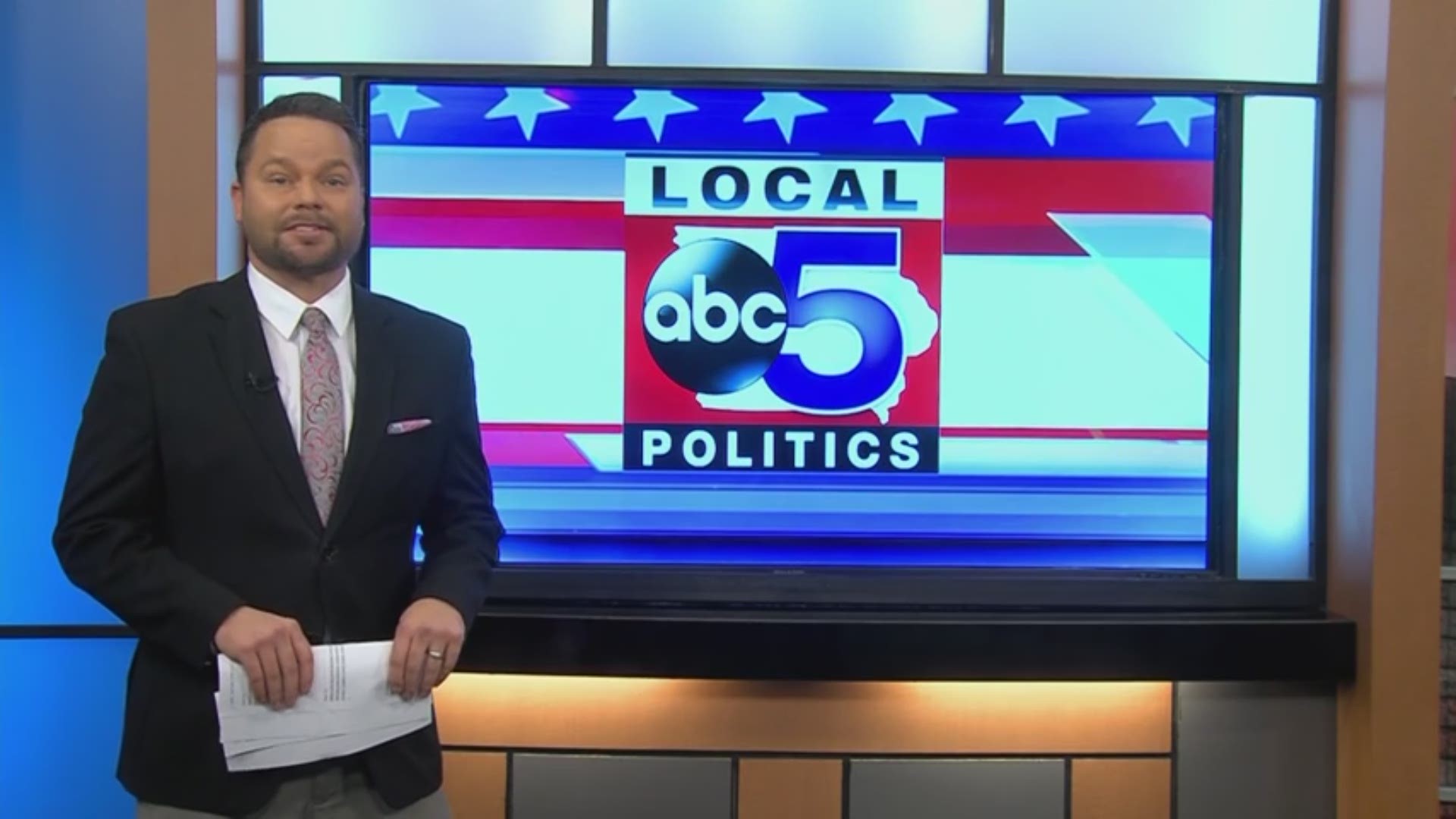Next Monday, Iowa Democrats and Republicans will gather at their caucus locations to select who they want as president.
While both parties have the same goal—win the presidency—their first-in-the-nation processes looks slightly different from each other
Democrats will gather at their caucus sites and break up into "preference groups" for each candidate. A candidate must reach 15% in order to be "viable." If a group is not viable, they may stay undecided or join another candidate on the "second ballot."
Individuals in viable groups can also recruit people aligned with non-viable groups to join them.
According to the Delegate Selection Plan for the Iowa Democratic Party, "Caucus participants will divide according to presidential preference. The results of the first division, also known as 'first expression of preference,' will be recorded using Presidential Preference Cards for the purpose of reporting to the Iowa Democratic Party and recount, if applicable. First expression is determined based on the number of participants who align during the first alignment. The results after realignment, also known as the 'final expression of preference,' will similarly be recorded for the purpose of reporting to the Iowa Democratic Party."
A final tally is taken at the end of the second round, with the goal of each candidate again being 15% viability.
Republicans, on the other hand, caucus by having people write a candidate’s name on a blank piece of paper at their caucus site.

